Music Through The Decades
Music Has Drastically Transformed Throughout Decades
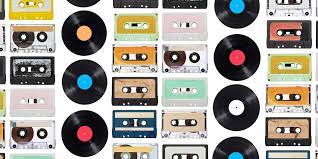
Music connects us, it can be a representation of culture, mood, emotions, a time in your life, or a peek into history. Learn more about how music has changed overtime as we take you on a journey of music through the decades!
The 1940s
In the 1940s, Jazz and Blues were the most popular genres of the time and was also known as part of the “Swing Era.” Swing Jazz was a genre of music that started the swing dance craze. Artists like Frank Sinatra, Bing Crosby, and Ella Fitzgerald were just some of the most iconic singers that represented the time. The ‘40s is also the decade when some of the most classic holiday songs came out including White Christmas by Bing Crosby, and The Christmas Song by Nat King Cole.
The 1950s
The 1950s was the start of the Rock n’ Roll music revolution. In fact, during this decade Rock n’ Roll was inspired by music from the ‘40s, specifically during the Swing Era. In the ‘50s, Elvis Presley—The King of Rock n’ Roll—was one of the pioneers of this music revolution. During this decade, Elivs dropped some of the most iconic hits such as: “Hound Dog,” “All Shook Up,” and “Heartbreak Hotel.” Artists like Little Richard, Ray Charles, and Chuck Berry were also leaders in this new genre. As music grew in popularity, there was more interest in the industry, which led to the First Annual Grammy Awards in 1958. The prestigious award show honors the music industry’s most talented producers, songwriters, and musicians.
The 1960s
In the early 1960s, folk music was a significant influence led by artists like Bob Dylan, Joan Baez, and the group Peter, Paul, and Mary. In 1964, the Beatles exploded onto the international scene, leading the British Invasion bands like The Rolling Stones, The Animals, and The Dave Clark Five. Eventually Folk hits incorporated elements of rock music to create the sub-genre Folk Rock, Hard Rock, and Psychedelic music. The 1960s was also a time of tremendous social change that was reflected in the music of the decade. Protest music was created by bands like The Mamas & the Papas along with many other influential artists. These songs shed some light on opinions and hatred toward the war in Vietnam. At the same time, African American Rhythm and Blues music exploded in popularity during the ‘60s through record labels like Motown and Staxx. Artists such as The Temptations, The Supremes, Marvin Gaye, Otis Redding, Aretha Franklin, and Wilson Pickett were pioneers in creating this new sound with many of their hit songs protesting racial injustice. By the end of the 1960s, many artists focused less on commercial success, and more on creating social change.
The 1970s
The 1970s brought on more music genres than ever before with the rise of Funk, Soul, R&B, Pop, Hard Rock, Soft Rock, and Disco. Not to mention, the early stages of Hip Hop were also being formed during this time. Artists like Led Zeppelin, The Eagles, David Bowie, Stevie Wonder, and Elton John were just some of the iconic stars of the decade. The ‘70s was also a time where music became more accessible and affordable to fans due to the popularity of vinyl records, and soon enough, everyone owned a record player! Artists were also able to add more than four songs per album because of this new technology.
The 1980s
During the 1980s, music started to be expressed visually through music videos and the rise of MTV. Genres like Hip Hop, New Wave, and Metal slowly rose in popularity. Artists like Madonna (known as the Queen of Pop), Michael Jackson (known as the King of Pop), Prince, Cyndi Lauper, Janet Jackson, and Whitney Houston were some of the most influential artists of this unforgettable music decade.
The 1990s
The early 1990s had a very grunge vibe. Artists like Nirvana broke the mold of the existing genres. Nirvana’s songs didn’t fit into a specific genre, their music was a combination of alternative rock, classic-rock, and hair metal. Girl bands like The Spice Girls, the Dixie Chicks, and the Indigo Girls encouraged women empowerment and was reflected in ‘90s music. Other female artists like Sarah McLachlan, Alanis Morissette, and Sheryl Crow topped the charts during this time and continued to push the interest in female music. Hip Hop and Rap became more mainstream with iconic rappers like 2Pac, The Notorious B.I.G., and Ice-T giving the genre more clout. Ice-T headlined the first Lollapalooza Music Festival held in 1991.
The 2000s
In the early 2000s the rise of the internet brought up music sharing. This was the birth of iTunes, Napster, and YouTube. The 2000’s was the era of boy bands, like the Backstreet Boys and N’SYNC, along with teen pop superstars like Britney Spears and Christina Aguilera. R&B had a new sound with artists like Beyonce, Usher, Alicia Keys, and Rhianna creating contemporary R&B. Singers like Taylor Swift, Carrie Underwood, Keith Urban, and Tim McGraw helped country music become more mainstream. Rappers like Kanye West, Jay-Z, and J. Cole began topping the charts and competing with many of the other A-list artists.
In the 2010s pop performers like Lady Gaga, Bruno Mars, Ed Sheeran, Adele, P!nk, Shawn Mendes, Maroon 5, and many more iconic artists made sick music. Rappers like Kendrick Lamar, Drake, Nicki Minaj, Travis Scott, Migos, Post Malone, Cardi B, and Big Sean were all responsible for Hip Hop and Rap’s rise in popularity. Electronic Dance Music (EDM) also became more mainstream with music icons like Britney Spears and Kanye West incorporating it into their new albums. This paved the way for DJs like David Guetta, Skrillex, Major Lazer, Avicii, The Chainsmokers, Calvin Harris, and Zedd to create some hype music.
Music is timeless, but it has dramatically shifted throughout the decades as it continues to give us new sounds and new favorites. The music that defines each decade is different and our culture wouldn’t be the same without each and every piece of music developed throughout history. With the start of the 2020s we have the power to decide what music defines this decade and many more to come.
Your donation will support the student journalists of Brunswick High School. Your contribution will allow us to purchase equipment. We're a small program with little resources. Our goal is to purchase some updated, and much needed, cameras for the program.
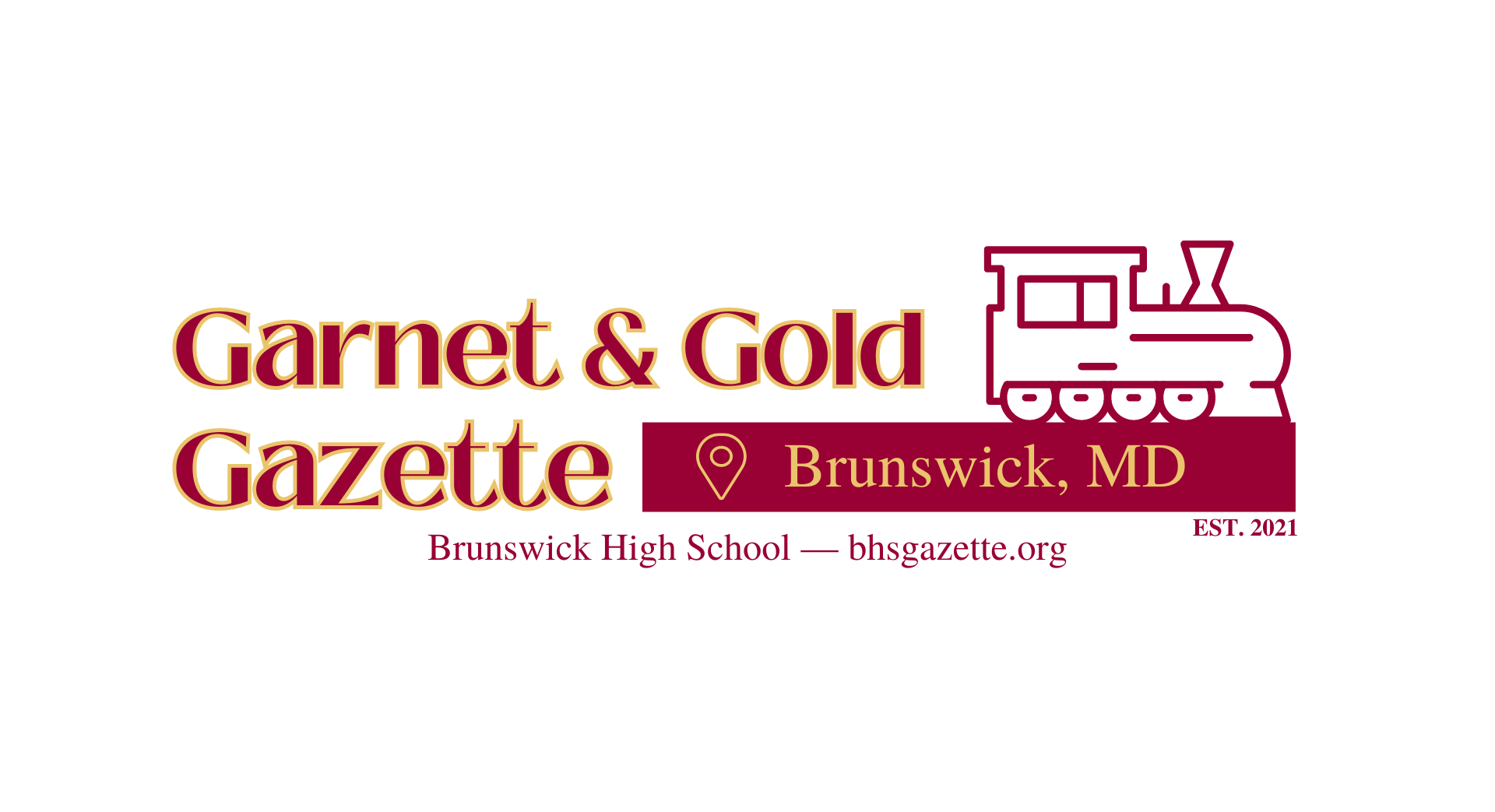


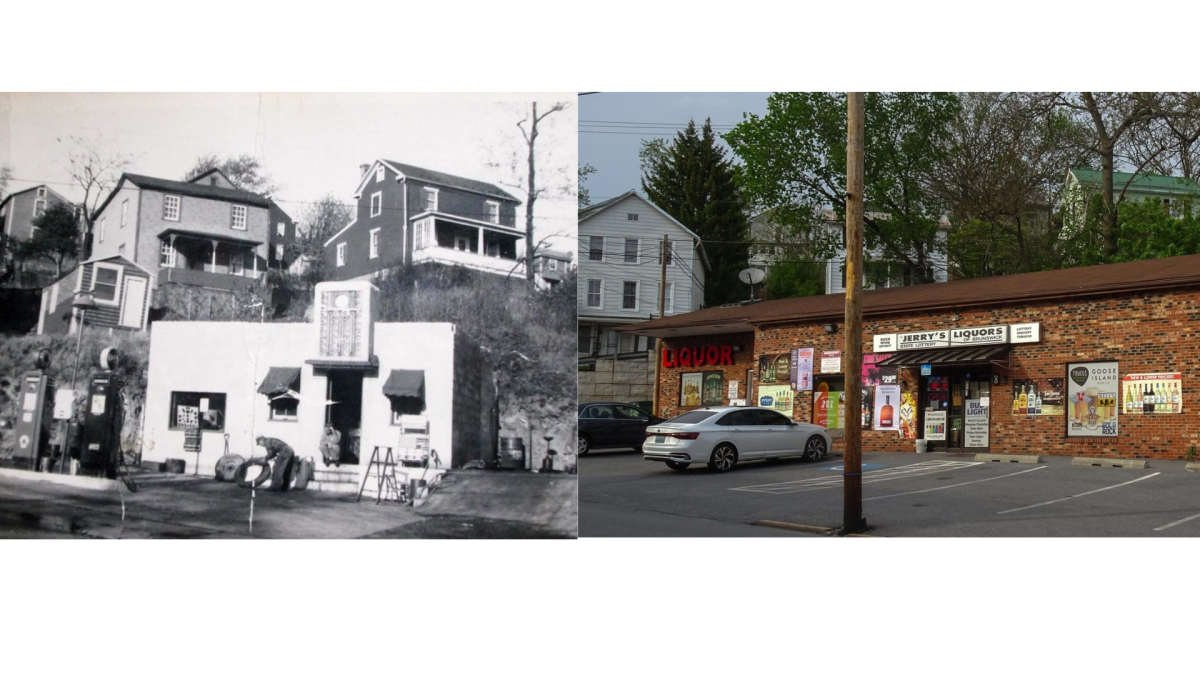

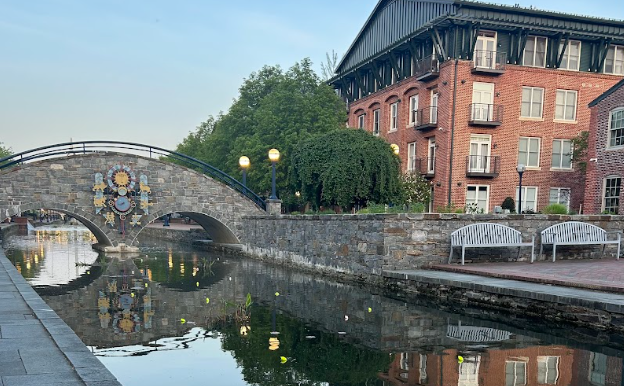
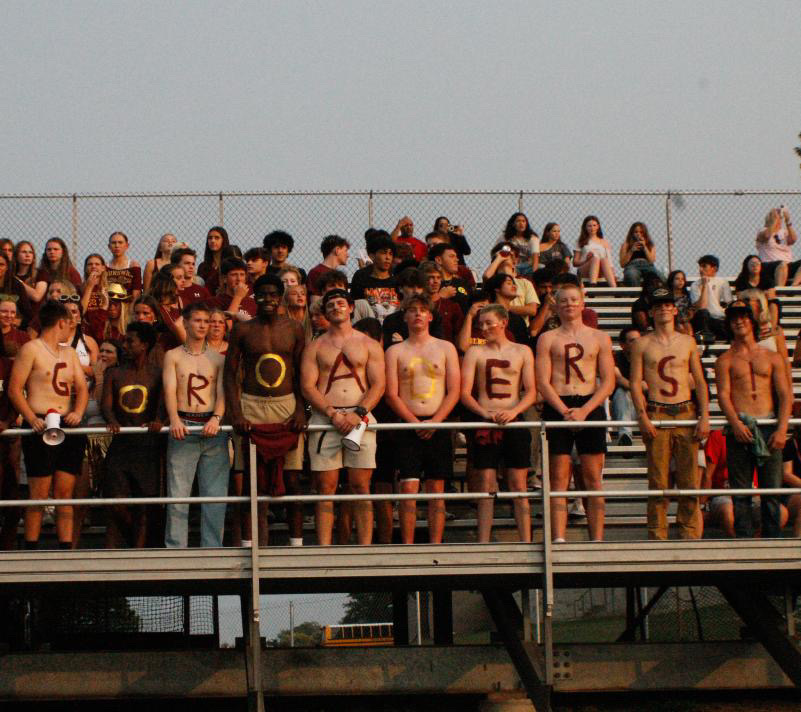
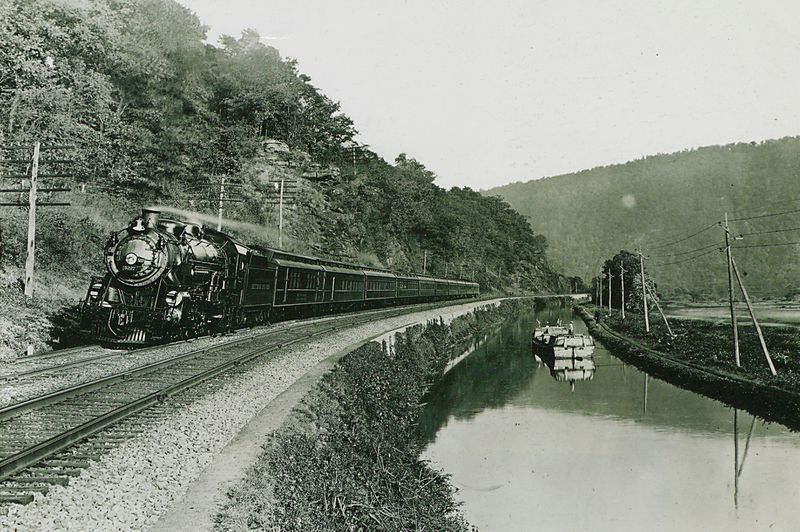



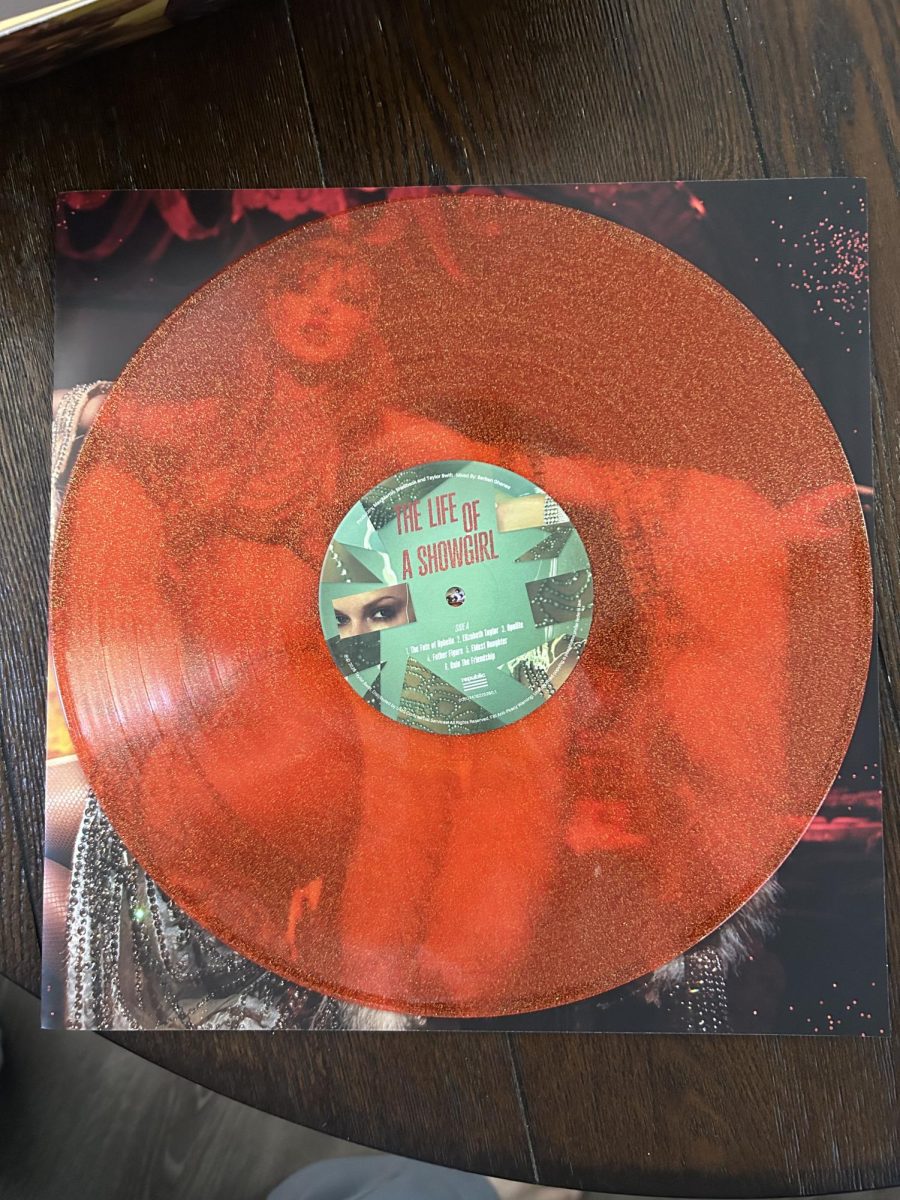


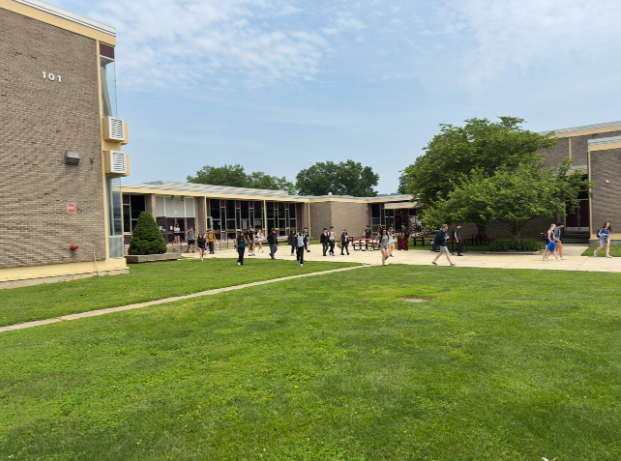


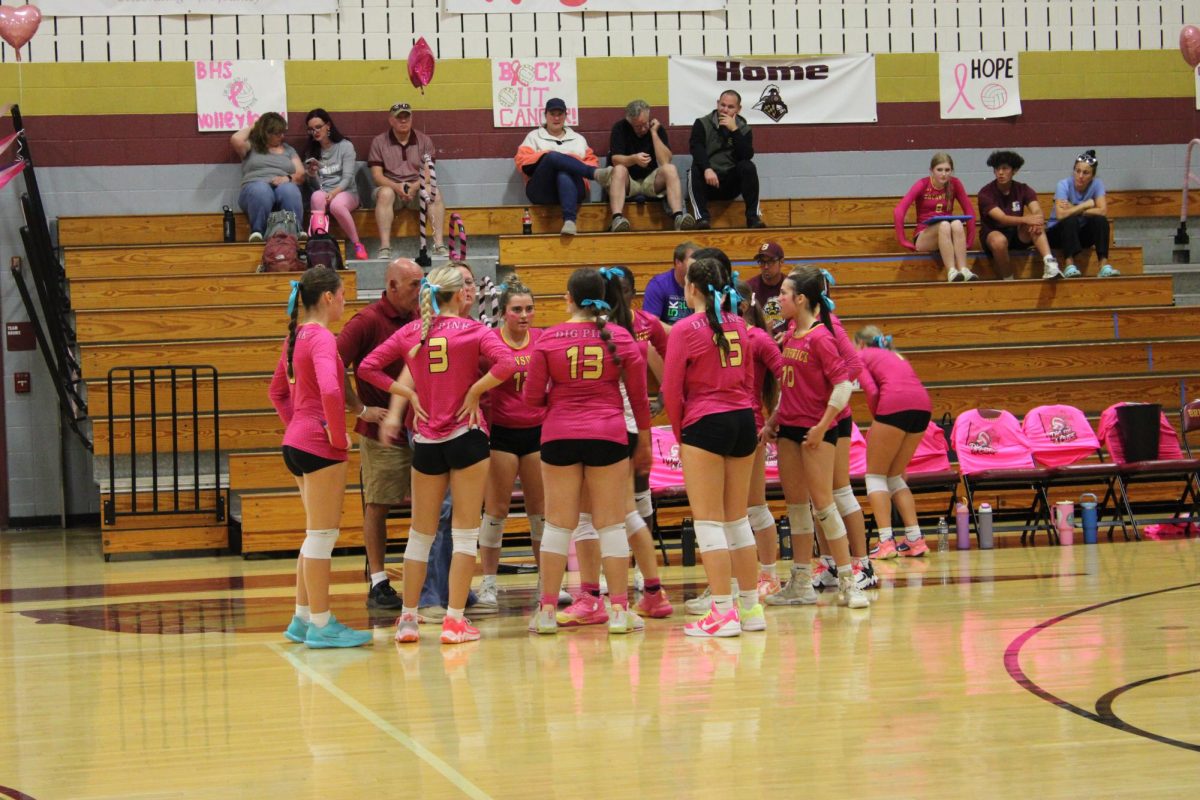
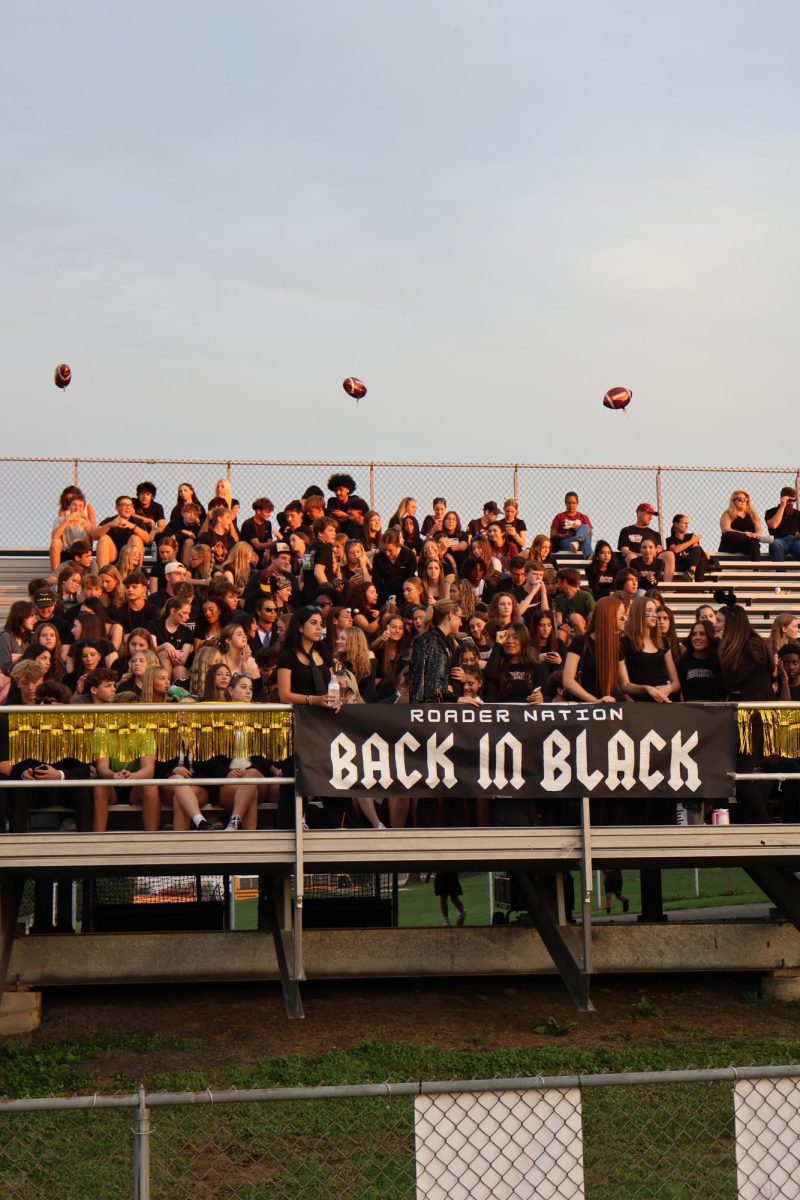

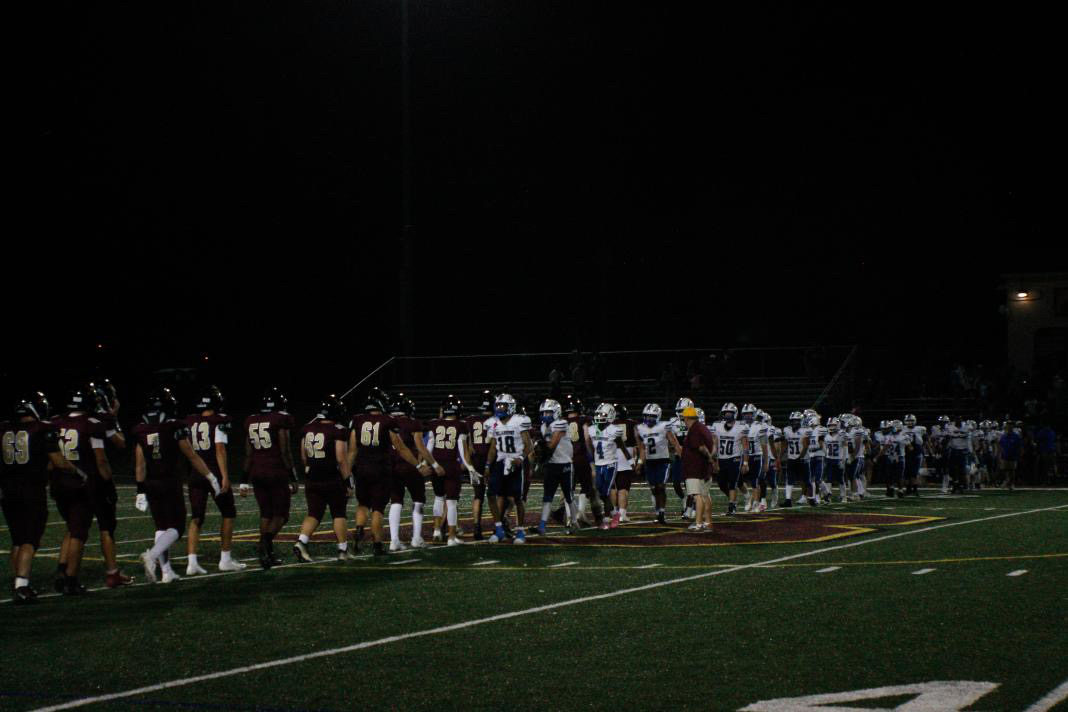

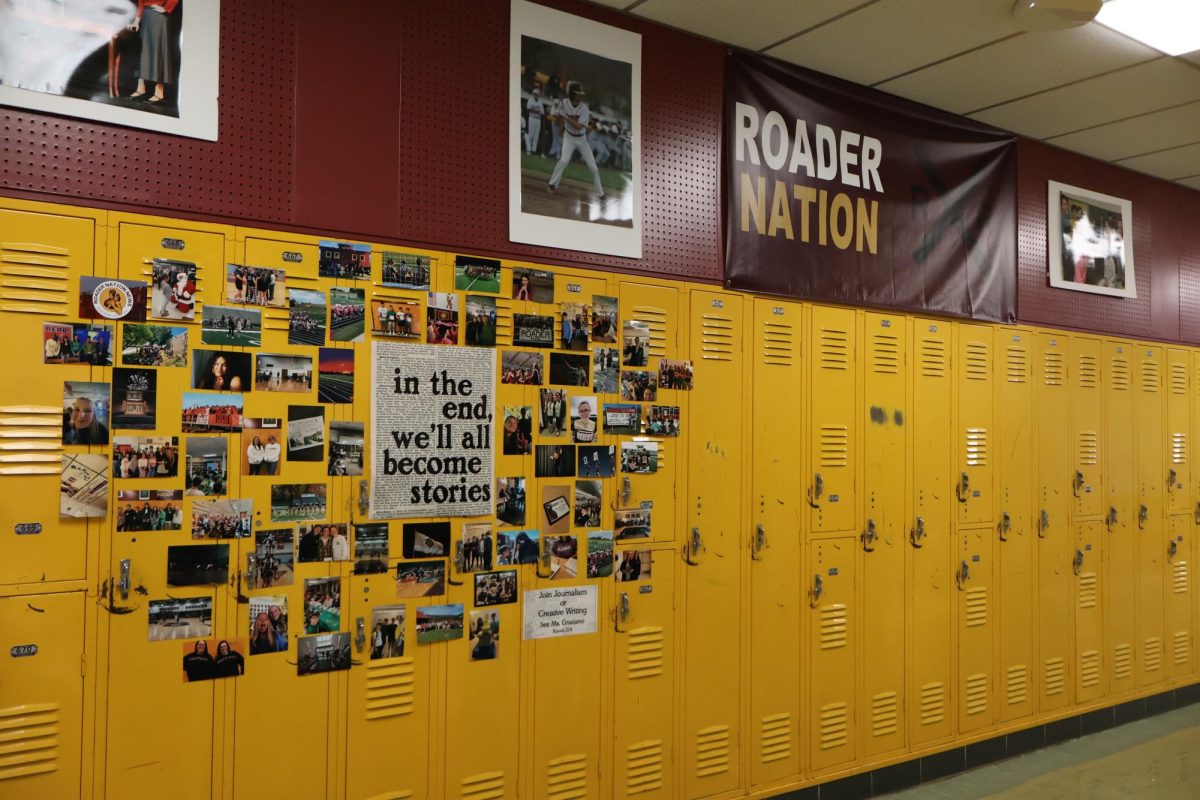
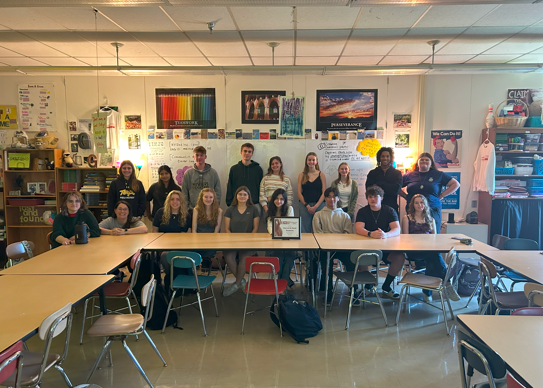

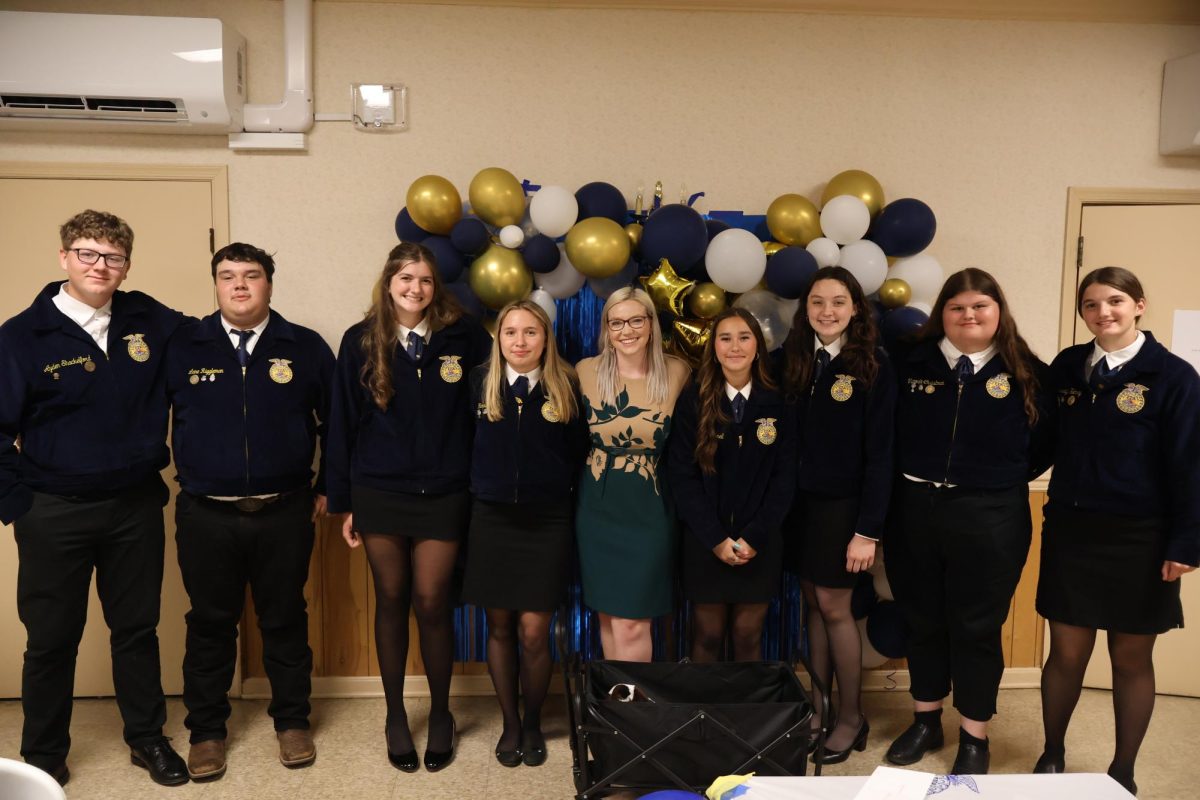


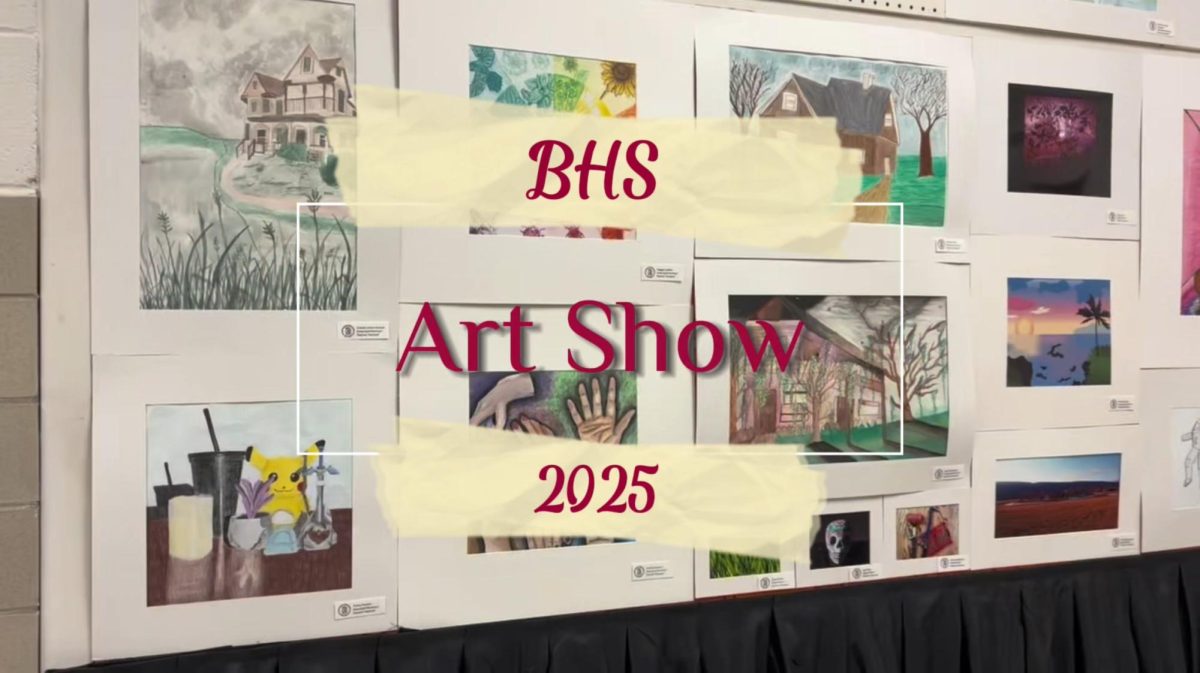





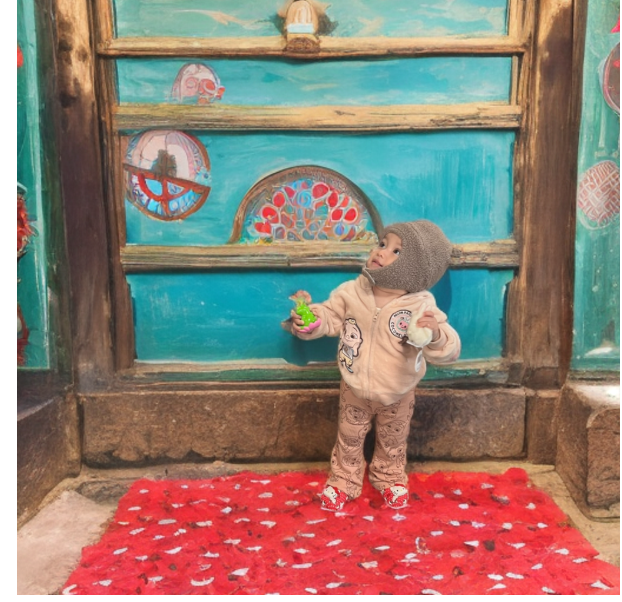

Megan • Jan 30, 2023 at 1:23 pm
Wow! Super cool to see how music changes with time.